Prehistoric evidence, national historical relics
Located about 3 km from the center of Thuan Chau commune, next to the gentle Mon stream, the Ban Mon Stone Roof National Monument has a total protected area of 14,270.2 m 2 . Of which, the protected area I is 6,881 m 2 ; the protected area II is 7,389.2 m 2 . This is the first archaeological site discovered in the Northwest region.
In 1927, French archaeologist Madeleine Colani conducted an archaeological investigation in the Northwest. She discovered and excavated the Ban Mon Stone Shelter site, Thom Mon commune (formerly) and found many stone tools and whole-body stone axes. Among the artifacts collected at the West and East Stone Shelters, the majority were chipped pieces and stones with saw marks, which was the basis for her to determine that Ban Mon was a Neolithic relic and a stone axe workshop, dating back to the Ba Xa relic site (Lang Son) and Khe Tong cave ( Quang Binh ). From this excavation data, she believed that Ban Mon was a relic - workshop, a place of residence and axe making using sawing and cutting techniques, and bracelet making using core drilling techniques, a characteristic of the Neolithic period of Indochina. Of the 6 excavated stone shelters, 2 had traces of human habitation: the West Stone Shelter and the East Stone Shelter.
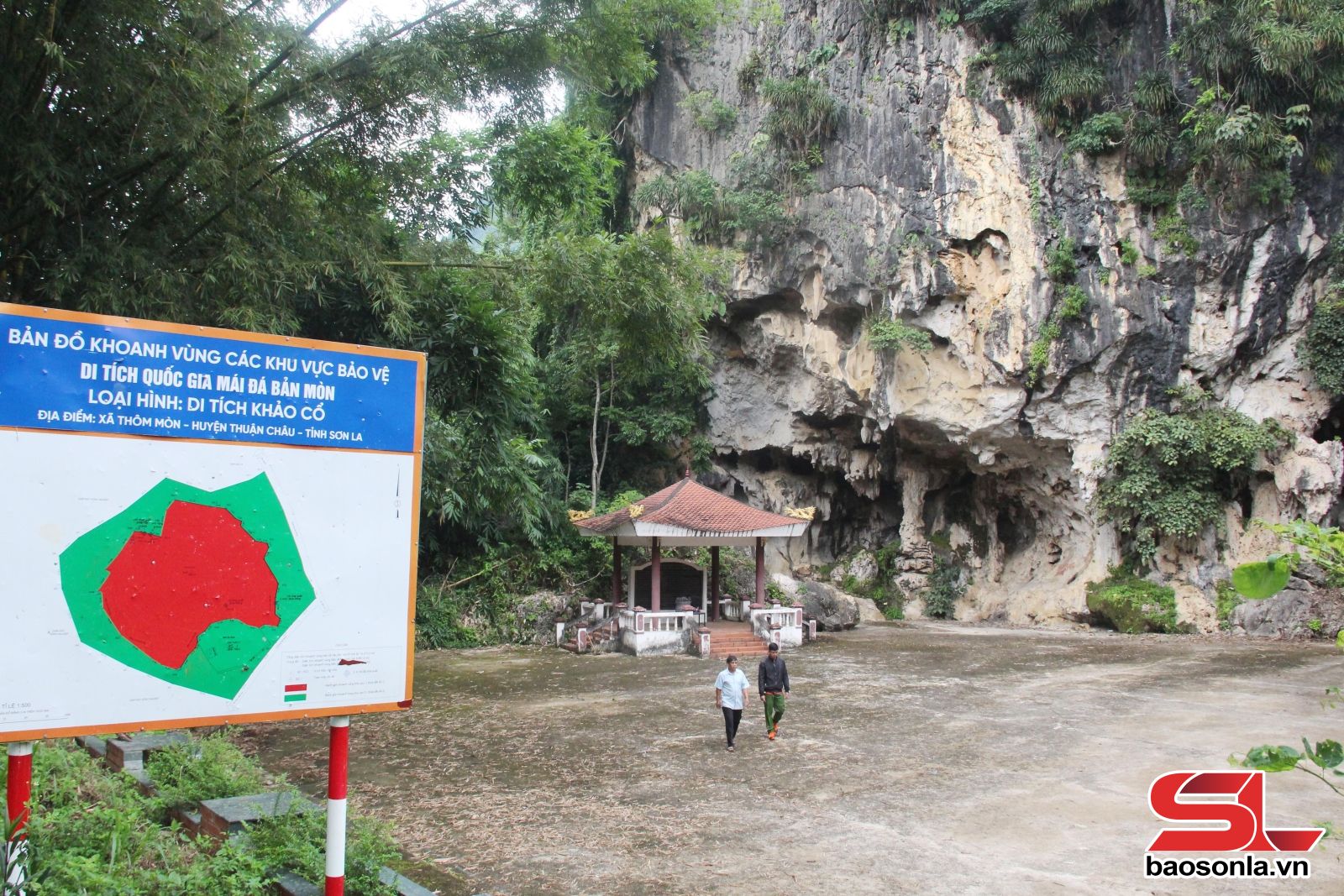
On April 28, 2006, the relic was ranked at the provincial level according to Decision No. 1214/QD-UBND of the Provincial People's Committee. In 2021, the Department of Culture, Sports and Tourism of Son La in coordination with the Vietnam Institute of Archaeology continued to excavate the relic for the second time, after 94 years of excavation by Ms. Madeleine Colani. The results of this excavation not only recorded the scientific predictions of the previous archaeologist, but also added many new documents, clarifying the characteristics, nature and age of the relic. The results after 2 excavations confirmed that Ban Mon Stone Roof was the residential area, workshop and burial site of prehistoric residents, containing many national values in history, culture and science, related to the prehistoric community that once lived on this land.
Ban Mon Rock Shelter is made up of limestone geological structures typical of the Northwest mountains, with majestic rock veins and a natural shelter. In April 2021, the Provincial Museum coordinated with the Institute of Archaeology, the Vietnam Archaeological Association, and the People's Committee of Thuan Chau District (old), to excavate the Ban Mon Rock Shelter Relic and discovered 2 prehistoric burials, more than 1,000 stone artifacts, nearly 2,000 pieces of pottery, including many relics typical of early cultural periods (from 10,000 to 5,000 years ago). These discoveries proved that Ban Mon Rock Shelter was both a place of residence, a stone axe manufacturing workshop, and a burial site for prehistoric residents. With such great values, the Mon Stone Roof Archaeological Site was ranked as a National Monument according to Decision No. 698/QD-BVHTTDL dated March 20, 2023 of the Ministry of Culture, Sports and Tourism.
Besides its archaeological value, Ban Mon Stone Roof is also a revolutionary historical relic. During the years of resistance against the French (1948-1954), this place became a secret base, the workplace of the Thuan Chau Party Committee. Located in a rugged valley, sheltered by natural stone roofs, Ban Mon Stone Roof has sheltered many revolutionary cadres, and was the location for political and military classes, contributing to the overall victory of the Vietnamese revolution.
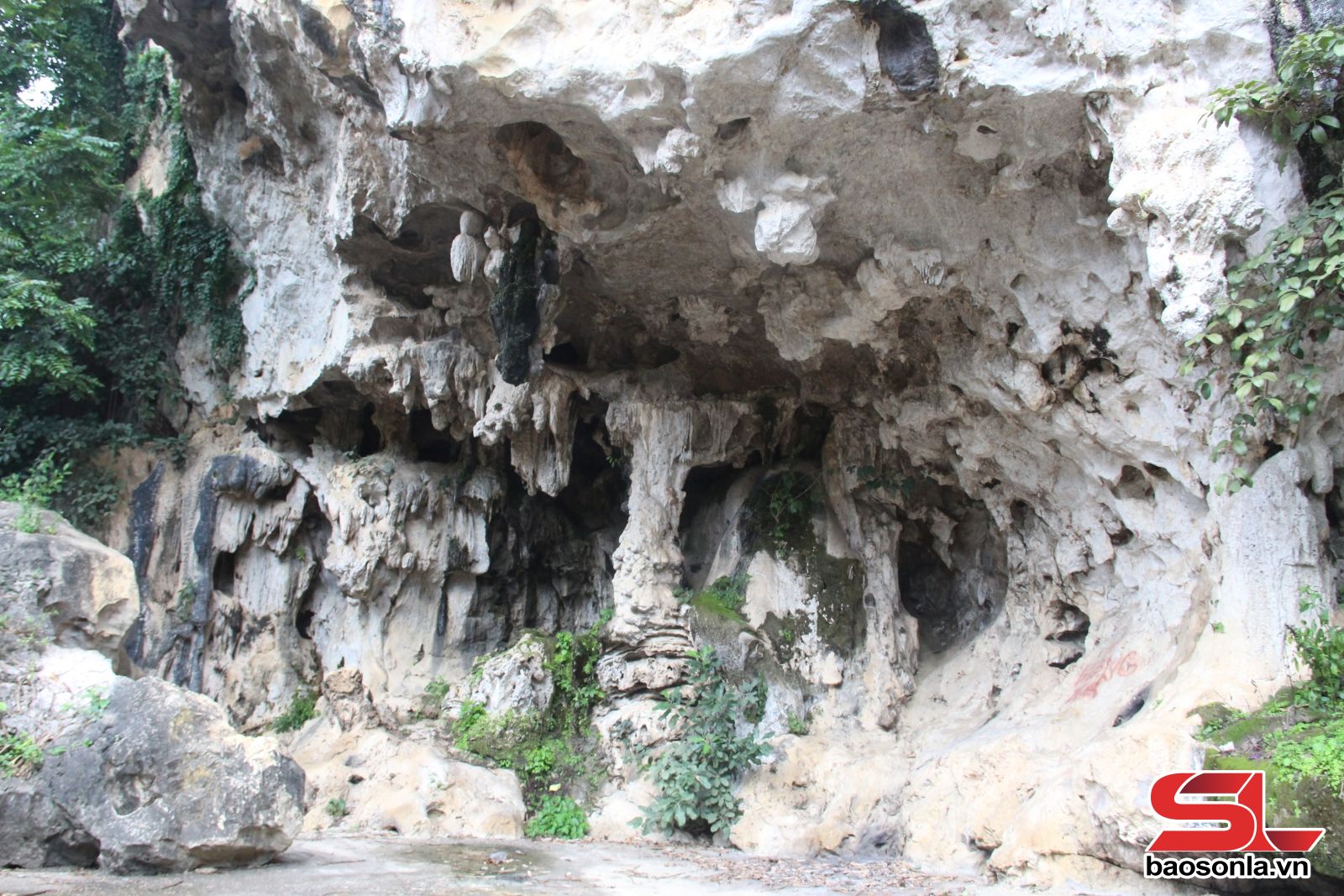
Talking to us, Mr. Lo Van Hai, Party Cell Secretary, Head of Mon village, Thuan Chau commune, informed: Mon village stone roof is a priceless asset of the locality. In particular, after the successful end of the Northwest campaign, our army and people focused their manpower and resources on the Dien Bien Phu campaign. To ensure food and provisions for the troops, the Eastern stone roof was chosen as a place to gather food and provisions for the Dien Bien Phu campaign in 1953 - 1954. During the destructive war of the US imperialists in 1965 - 1968, this was an evacuation site to ensure the safety and secrecy of the agencies of Thuan Chau district.
Through many historical changes, Ban Mon Rock Roof National Monument has become a red address for educating revolutionary traditions for today's generations.
Preserve and promote the value of relics
The ancient stone roof national relic of Ban Mon, dating back thousands of years, is not only a living evidence of the history of human development on Son La land, but also an important historical relic that needs to be preserved and promoted. All artifacts excavated from the stone roof site are currently on display and introduced at the Son La Provincial Museum and Library.
Mr. Pham Van Tuan, Deputy Director of the Provincial Museum and Library, said: Ban Mon Stone Roof is a unique national relic, combining archaeological value and revolutionary history. To preserve and promote the relic, there needs to be close coordination between functional agencies and local authorities in effectively protecting the original state of the relic; avoiding encroachment and illegal construction in the area where the relic has been protected. Implementing well the socialization work, mobilizing resources to restore and embellish the relic, combining the construction of historical and cultural tours; strengthening the organization of extracurricular activities, learning about local history and culture so that the younger generation can better understand, love and be more aware of protecting the heritage.
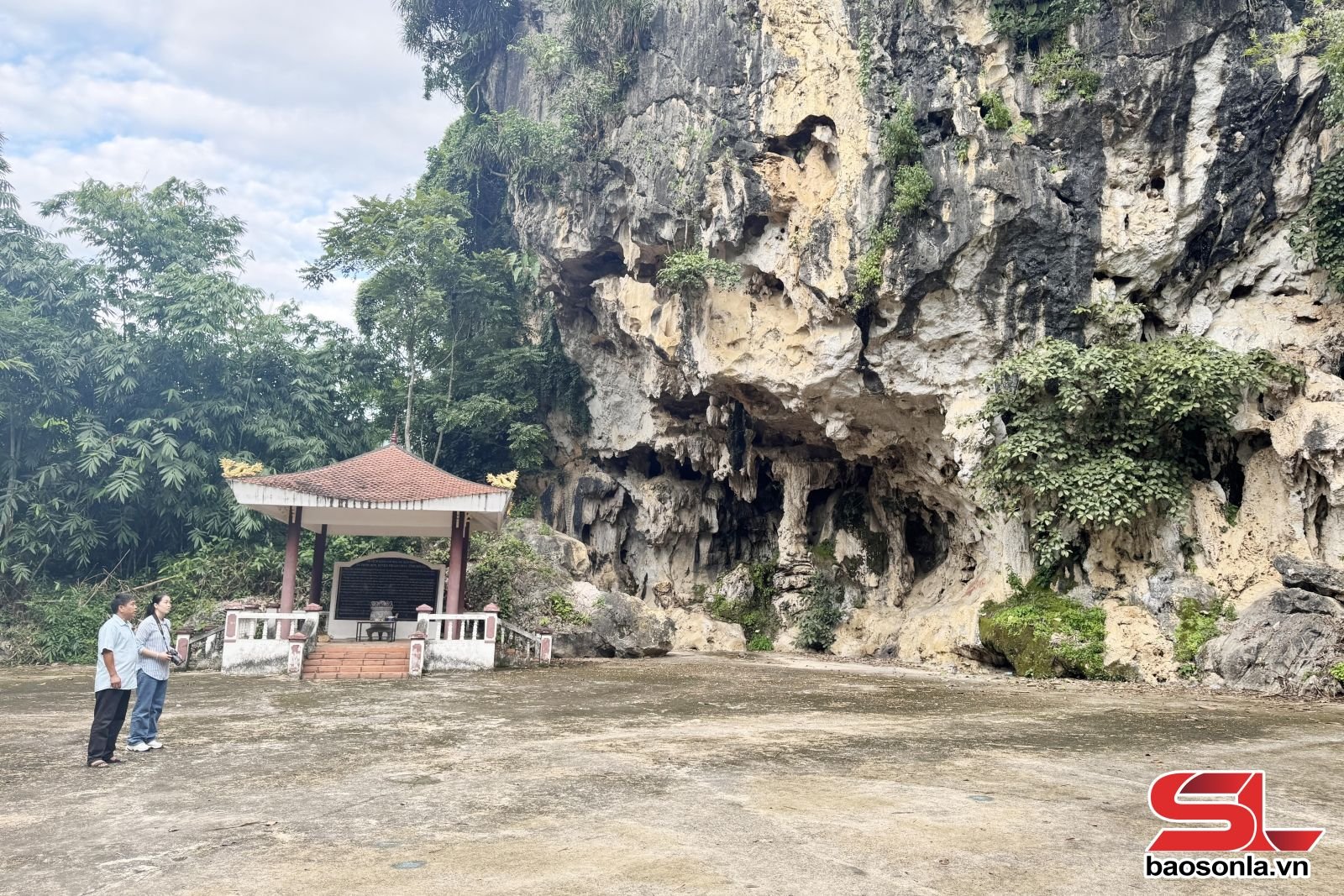
Currently, the Provincial Museum and Library, in coordination with local authorities, are doing a good job of on-site preservation, against natural impacts such as rain, wind, and plant erosion. Protection work against human encroachment, including illegal mining, digging, or drawing and writing on rocks...
Mr. Lo Van Hai, Party Cell Secretary, Head of Mon Village, said: To preserve and maintain the Relic, the village assigned the Youth Union and Women's Union to regularly clean up and sanitize the environment around the relic. At the same time, they propagated to the people, especially the surrounding households, not to encroach or violate the land of the Relic area.
With the drastic participation of local authorities, specialized agencies and especially the consensus of the people, many activities to protect and clean the environment and landscape have been implemented. People consider the Stone Roof Relic as a part of their lives, a source of pride and a source to preserve for future generations.
Source: https://baosonla.vn/van-hoa-xa-hoi/phat-huy-gia-tri-van-hoa-di-tich-quoc-gia-mai-da-ban-mon-KzBqsRuNg.html





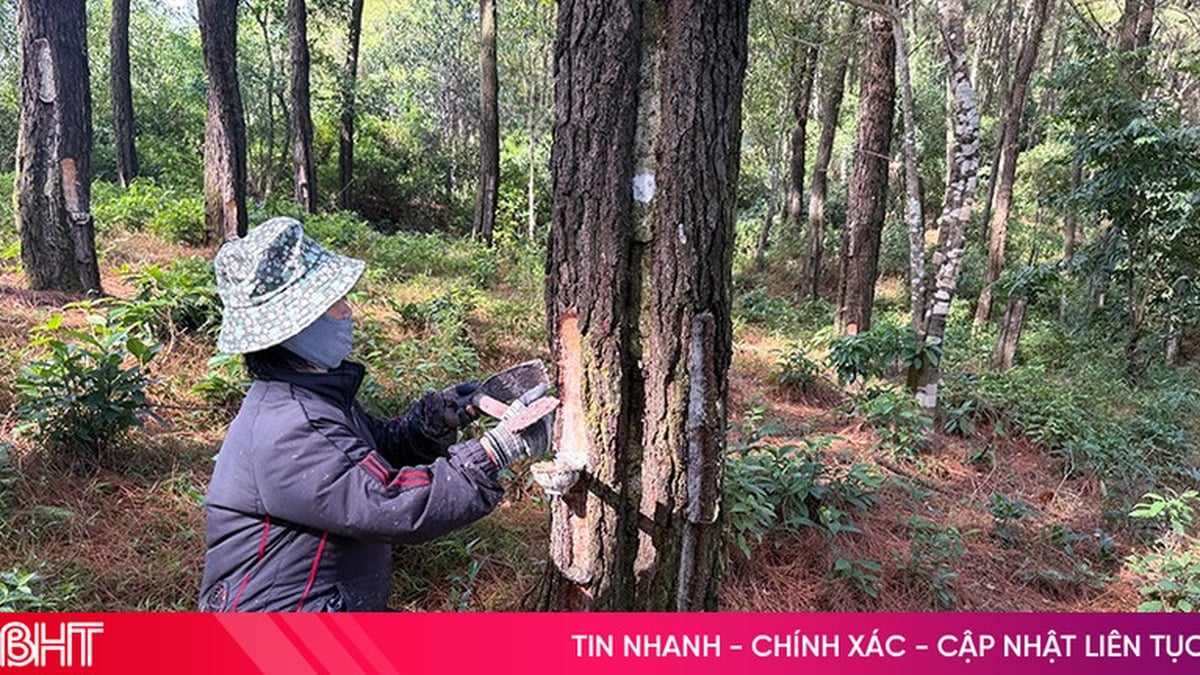




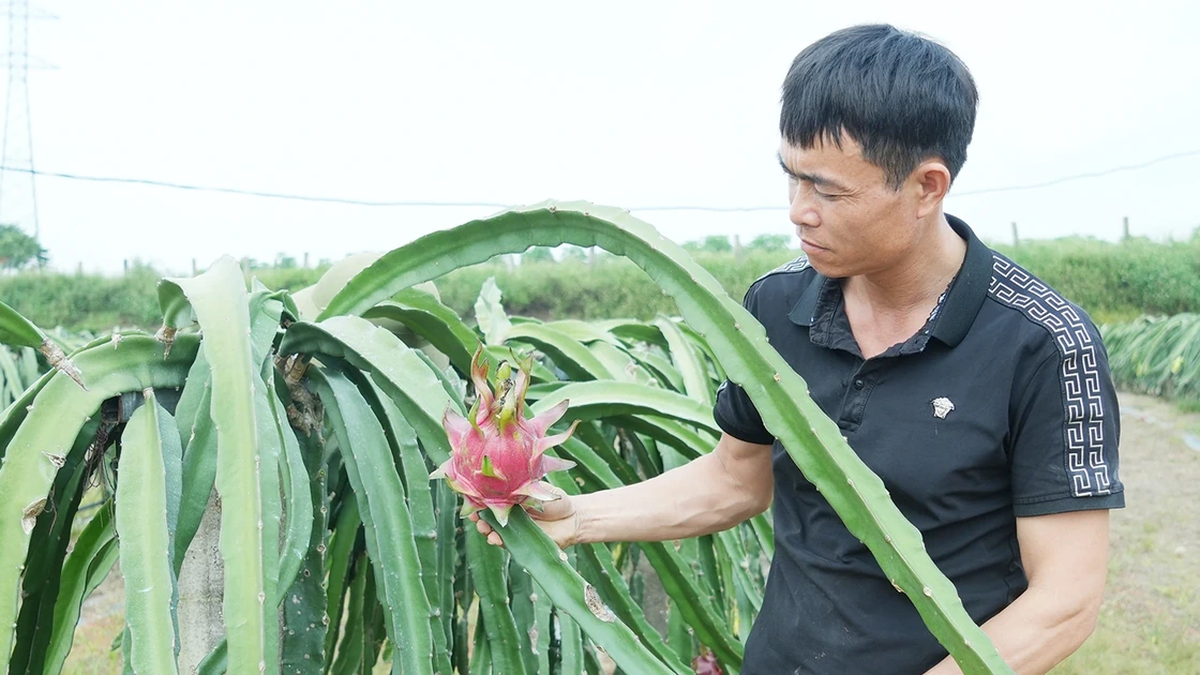

















![[Photo] Prime Minister Pham Minh Chinh attends the opening ceremony of the National Data Center](https://vphoto.vietnam.vn/thumb/1200x675/vietnam/resource/IMAGE/2025/8/18/b5724a9c982b429790fdbd2438a0db44)
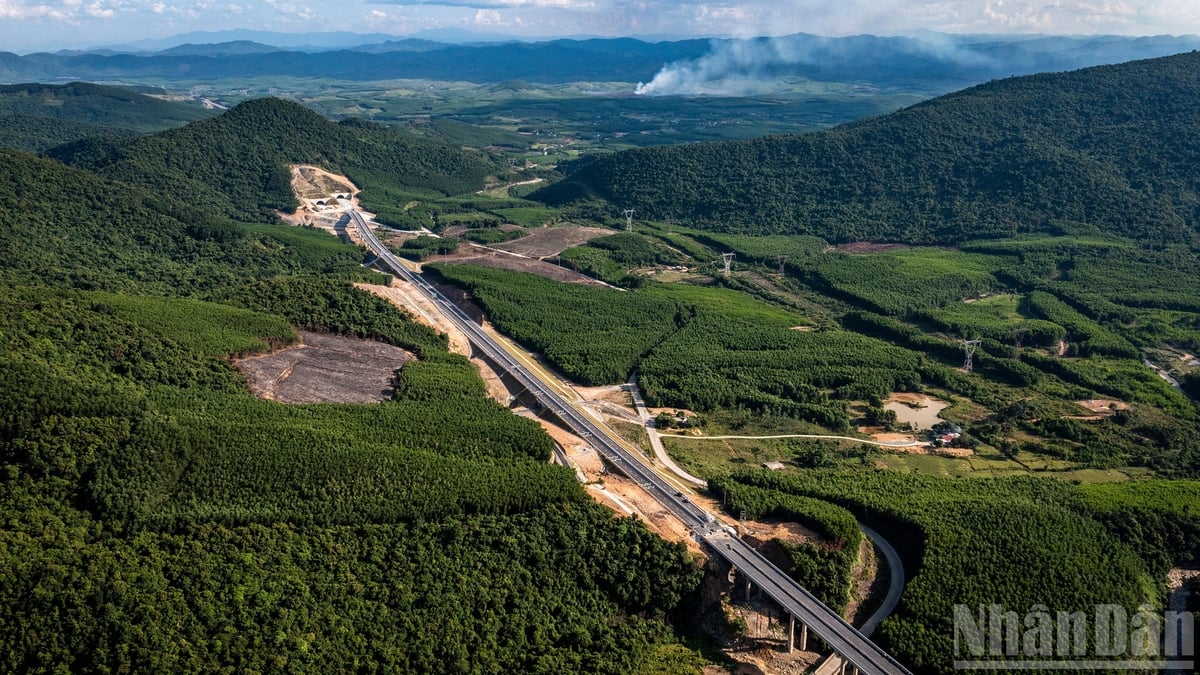


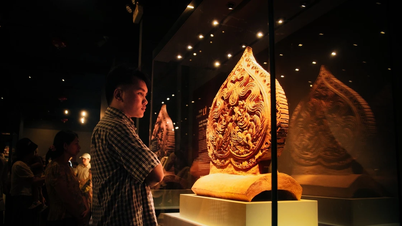



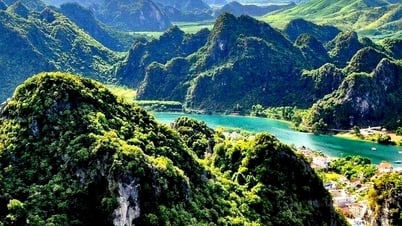

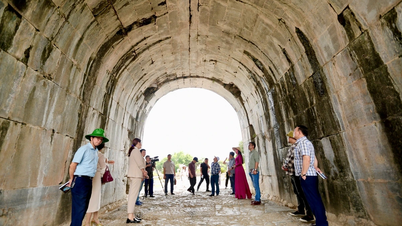



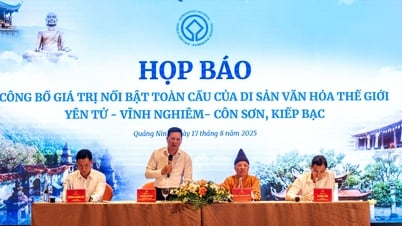










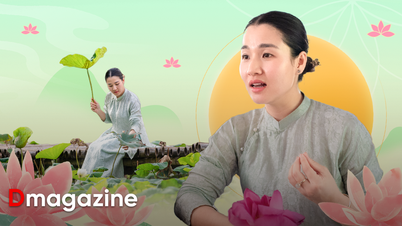











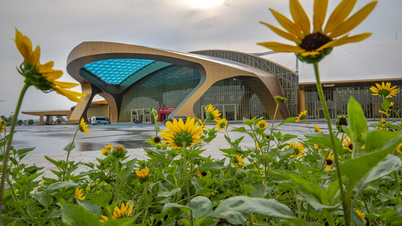


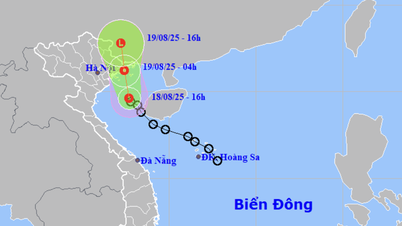



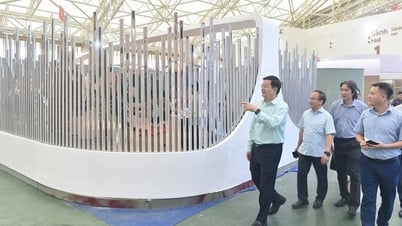


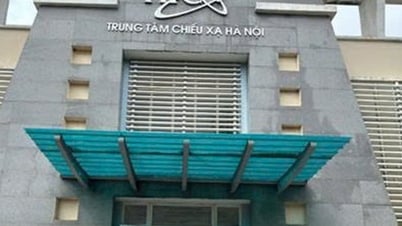








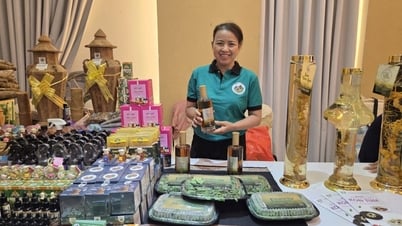










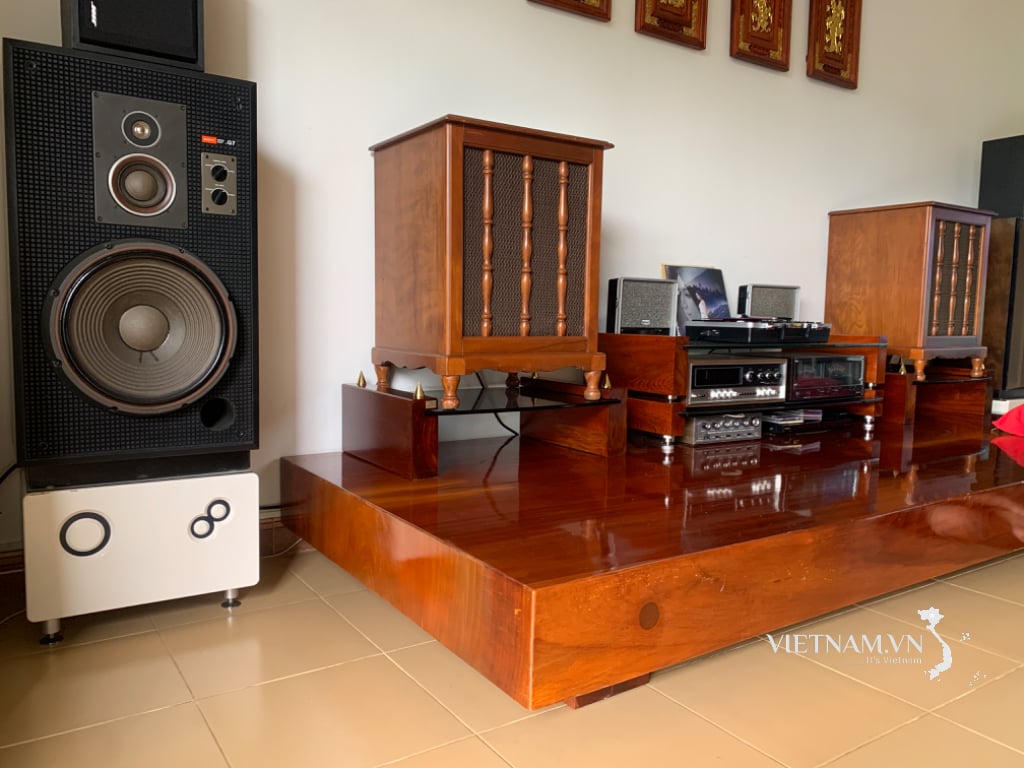



Comment (0)